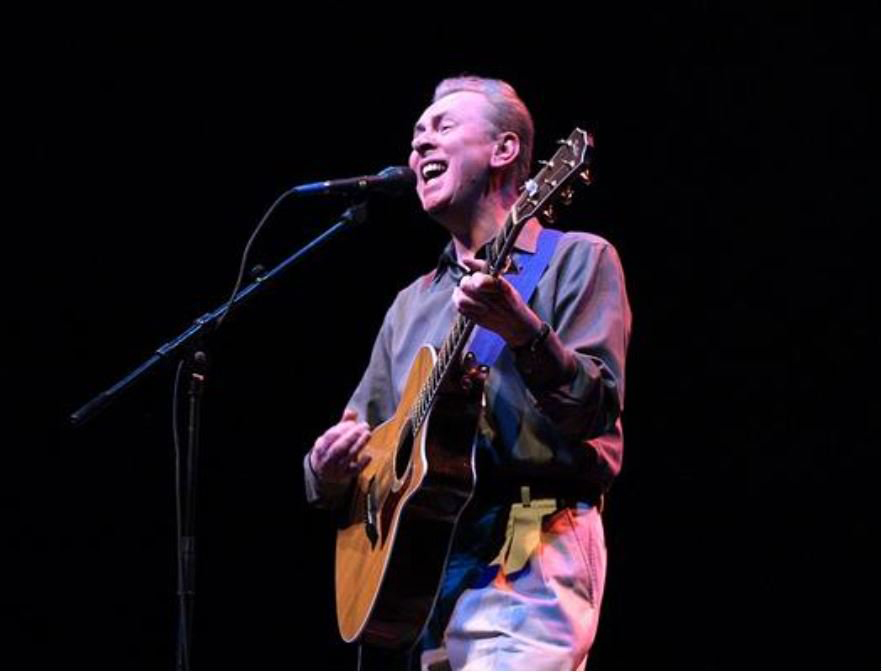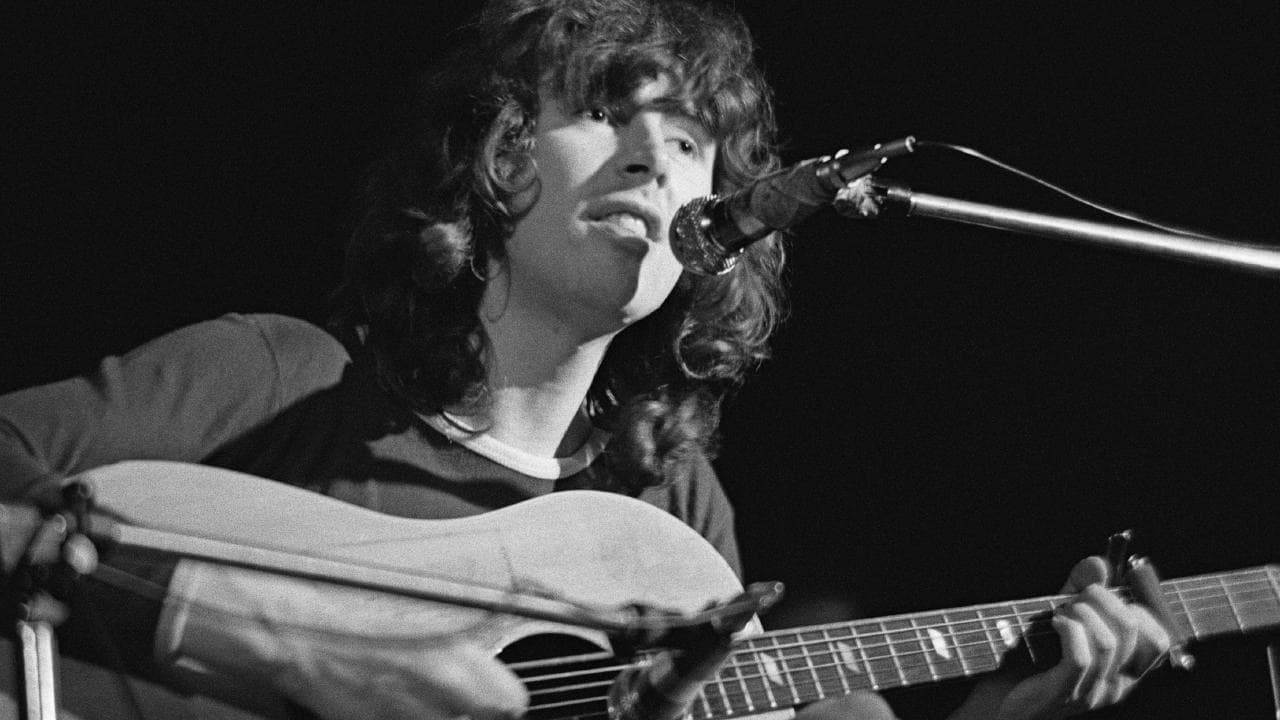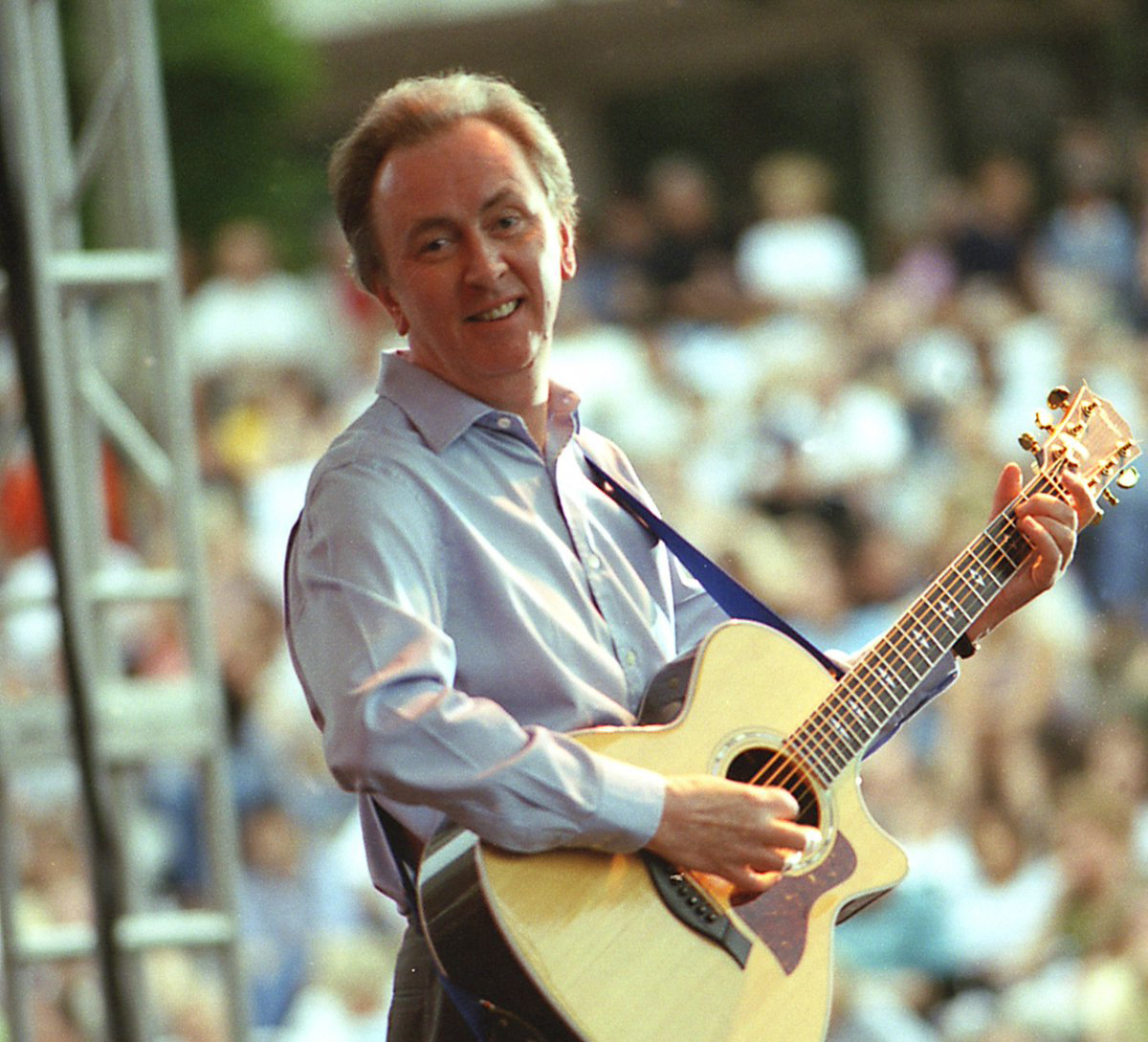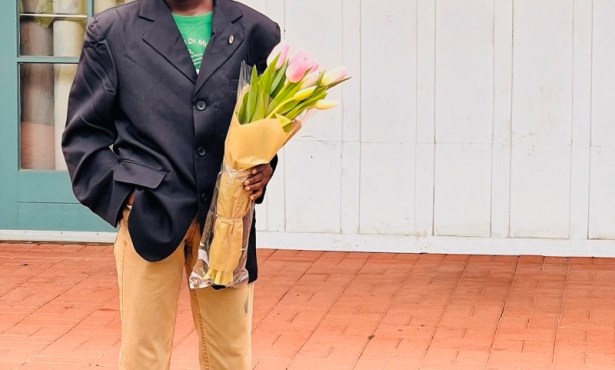An Interview with Al Stewart
Scottish Bard talks Folk Music, Working with Jimmy Page, and ‘Year of the Cat.’

When I was a child, my young mother, Kristina, was a big Al Stewart fan. I remember listening to “Nostradamus” and “Roads to Moscow” as Mom would dance around the living room to those time-transcending, history-steeped folk songs. It was heady music for my young mind to assimilate yet beautifully packaged and realized by the Scottish bard.
Stewart began as a folk artist during the much-lauded British folk music revival of the 1960s and ’70s, his early songs stylistically resembling those of Bob Dylan, Donovan, and Leonard Cohen. With the release of Past, Present and Future in 1973, Stewart plotted an intriguing course writing history-based folk tunes that captured the imaginations of listeners and sparked a new genre of music in the process. In total, Stewart has released 19 studio albums between 1967 and 2008, with his two platinum albums, Year of the Cat (1976) and Time Passages (1978), being his most famous works. I spoke to the intriguing artist by phone in advance of his upcoming concert at Ojai’s Libbey Bowl on May 12, which will be a celebration of Year of the Cat.
What was it like in the mid-’60s in London’s SoHo, playing with Bert Jansch, Cat Stevens, Van Morrison, and other legendary folk artists? There was a movement in the early ’60s whereby … English folk club singers started singing traditional English songs … then around about ’63 or ’64, Bob Dylan appeared — as if out of nowhere — and a whole load of people … me included … bought acoustic guitars and started trying to rhyme things. Eventually, when I got to London about January of 1965, there was a small group of people — Bert Jansch, Davey Graham, John Renbourn, Roy Harper, Ralph McTell, and people like that — who were all playing at the same time in these little cellars and coffee bars. I think I made about three pounds — which is $6 — a night playing at Bunjies Coffee House. Van Morrison played there, Paul Simon played there — pretty much everyone played there.
When you and Paul Simon were flatmates, did you help to shape each others’ songs or run lyrics by each other? I was 19, and a social worker found me a flat in London. It just happened by coincidence that I found myself living in the next room to Paul Simon. I was there when he wrote some of those early songs … and he did indeed come out and play them to me … because if you’re a songwriter, as soon as you’ve written a new song you want someone to hear it. So I got to hear a lot of those songs from that period of time.

Why did you cover the Yardbirds’s song “Turn into Earth” as the B-side of your first single “The Elf”? I’d met this producer called Mike Leander; he did the string arrangement on “She’s Leaving Home” by the Beatles, but at that point he was producing records. I had this song called “The Elf” that he kind of liked, and [he] chose “Turn into Earth” as the B-side. He just said: “Sing this!” Because it was a Yardbirds song, I suppose.
How was working with Jimmy Page as a session musician on both of those songs and on your second album, Love Chronicles? Jimmy was a session musician — he hadn’t gone on to [the Yardbirds or] Led Zeppelin yet. He just played rhythm on it … he didn’t play any big solos or anything … I taught him how to play modal D tuning, and he tried to teach me how to play octaves and harmonics … [Later on, after the Yardbirds broke up, Page] said: “I’m forming a band, and we’re looking for a bass player.” What I probably should have said is: “How hard is it to play the bass, and what’s [the band] going to be called?” At the time, I was so deep into the folk scene I just said, “Oh, well, good luck with that.” It would have been a very long shot … but he was looking at me very meaningfully when he said that. And I guess he hadn’t got John Paul Jones onboard at that point. So, perhaps I could have had a slightly different career if I’d have paid more attention.
You are known as one of the greatest literary songwriters. How did you develop your historical or “aural cinema” songwriting style? When you start making records, everyone starts with love songs … then I had a love affair that came to a disastrous end. It just dawned on me that the only other thing I had a real interest in was history — and literature too, obviously. I thought, I’ll make an album about historical events. I made it [Past, Present and Future], and it outsold the first four albums all put together.
I read lots of biographies because I’m interested in history. Funnily enough, movies are a big influence … I mean, my most famous song [“Year of the Cat”], the first line is: “On a morning from a Bogart movie,” which, of course, is a reference to Casablanca.
My attitude really over the years is that you take literature, history, movies, biographies, and documentaries, and what I do is I just put them all in a big pot and stir.
What’s the tale behind your magnum opus, “Nostradamus”? I wrote that song because there was an interesting article in a magazine in Britain written by Erika Cheetham, who went on to write three books about Nostradamus. She was halfway through writing the first book at that time, so I went round to her apartment, and she had all the galleys of the book hanging down from the ceiling. I just spent the afternoon there, and she went through all [Nostradamus’s prophetic quatrains] and told me what she thought about it, and I jotted down some notes, and I just went home and turned it into a song.

What prompted you to write your most hauntingly beautiful yet bitingly bitter song, “Roads to Moscow”? Did you write the lyrics from the perspective of Alexander Solzhenitsyn when he was in the Red Army and subsequently sent to a gulag? You’re right on the money. “Roads to Moscow” is pretty much influenced by Solzhenitsyn’s novel One Day in the Life of Ivan Denisovich. The novel follows Solzhenitsyn’s experiences, and so does the song. I’d read lots of biographies of the various commanders on each side. I’d read [Heinz] Guderian’s Panzer Leader, and [Georgy] Zhukov’s memoirs, and all kinds of other things, like The Deserted House by Lydia Chukovskaya, Arthur Koestler’s Darkness at Noon, and about 40 different books that went into that one song.
What’s up with the Doctor Strange references on the U.S. covers for your albums Past, Present and Future and Modern Times? Were you a fan of the early Doctor Strange Marvel Comics by Stan Lee and Steve Ditko, or was this a case of the art design group Hipgnosis — the creators of the album sleeves — having free reign and a laugh? I liked Marvel Comics, but I didn’t have any particular affinity for Doctor Strange. The way Hipgnosis worked was you basically took the tapes of the album ’round and dumped them off and left [Hipgnosis] to their own devices. [The Hipgnosis album covers] are highly eccentric — some of them — but some of them are wonderful. I’m looking at the cover for Year of the Cat that they did, and I thought that that was one of the best ones that they’ve done. They did [Led] Zeppelin and they did Pink Floyd — they’ve got a huge collection of album covers.
How easy or challenging was it to come up with the lyrics “She comes out of the sun in a silk dress running / Like a watercolor in the rain / Don’t bother asking for explanations / She’ll just tell you that she came / In the year of the cat”? I have no idea, man. … I had a girlfriend at the time who had a book on Vietnamese astrology, and it was opened at that chapter. So, I look at the chapter heading, and it says: “Year of the Cat.” I don’t know very much about a whole lot of things, but I do know a song title when I see one. That one just jumped off the page at me!
Which songs will you be playing at the Libbey Bowl on May 12? I’ve been touring with a band out of Chicago called The Empty Pockets. We’ve been doing the Year of the Cat album in its entirety because a lot of people have been asking for it. Last week we did Past, Present and Future in Minneapolis. Some nights we’ve been mixing it up, and doing songs from a lot of different albums, but we’ll definitely do Year of the Cat in its entirety.
4·1·1
Al Stewart will play Year of the Cat in its entirety with opener The Empty Pockets Saturday, May 12, 7 p.m., at the Libbey Bowl (210 S. Signal St., Ojai). Call (888) 645-5006 or see libbeybowl.org.



